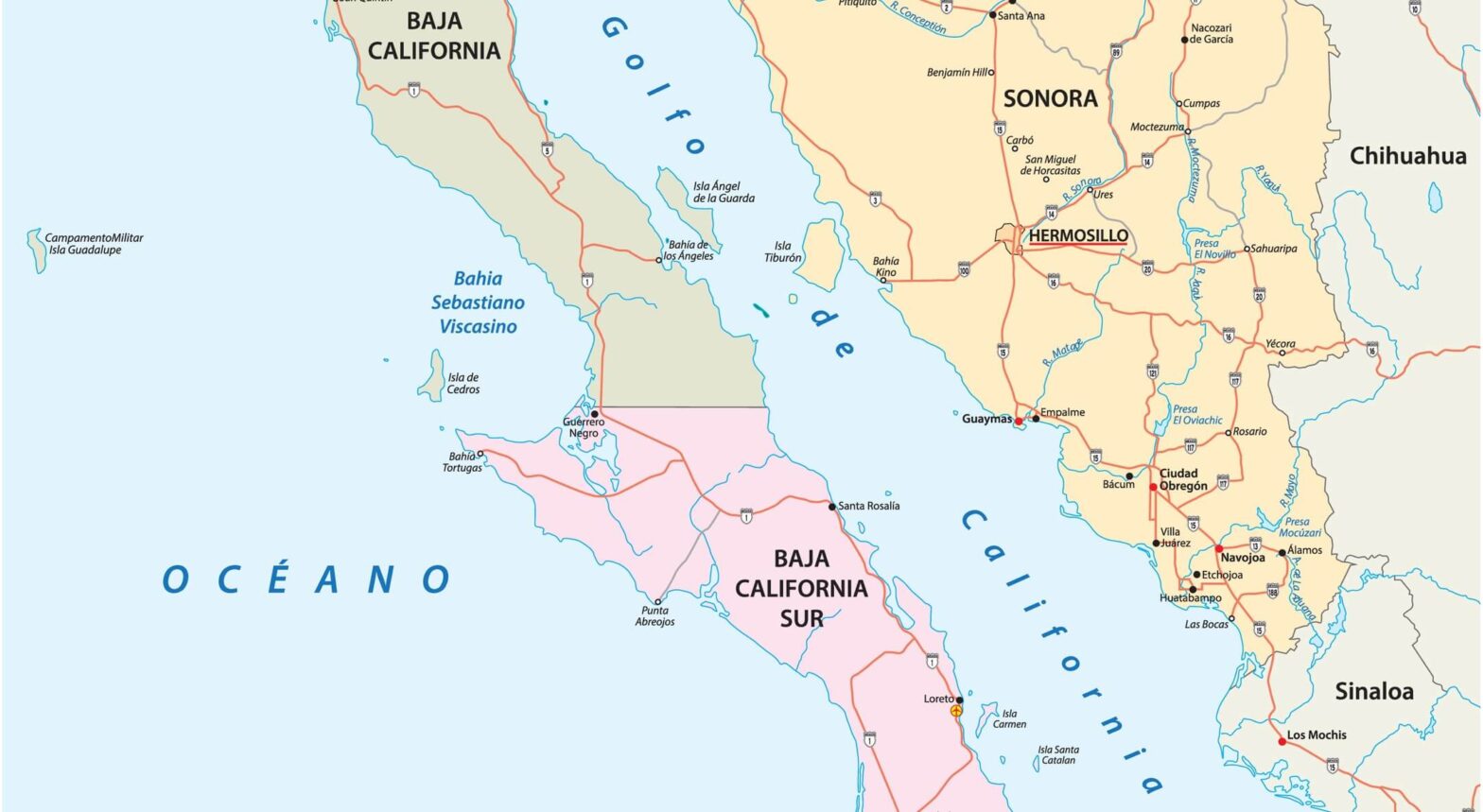Nicolas EntrupDirector of International Relations
The disappearance of the vaquita is an example of a failed species conservation concept that politicians are clinging to.
Vaquita – losing the struggle for survival
It’s 30 years now that the Vaquita, a small porpoise species restricted to the northern Gulf of California, Mexico, was classified as “endangered” on the Red List. Today, no more than 9 vaquitas are left – living relics with a gene pool already too small to escape extinction. This is just another record of a failed conservation policy.
In 1992, the President of Mexico initiated a committee for the conservation of the vaquita and the totoaba, a fish species highly priced in the Asian markets for their swim bladder. The fate of these two species is inextricably linked. When totoaba fishing employs gillnets, the small marine mammals get entangled as “bycatch” and drown.
By declaring the upper Gulf of California a biosphere reserve in 1993, the habitat of the two marine species received formal protection. Commercial fisheries should be banished from the core area and the Mexican navy was asked to police the ban on totoaba fisheries in the vaquita’s core habitat. At least that’s what protection was planned to be. In reality, dying in the nylon meshes continued, the number of Mexican porpoises shrank to a few hundred, the price for totoaba swim bladders steadily rose.
Of course, the calls from scientists and cetacean conservationists for strict implementation of protection measures grew louder, too. The US government provided millions of dollars, which at least improved monitoring – however, this merely meant to scientifically accompany and document the species’ extinction. Many initiatives followed, including a temporary ban on gillnet fisheries and the foredoomed but prominently placed project to catch vaquitas for captive breeding, whereby at least one porpoise lost its life.
No more than nine individuals left – none of the measures was sufficiently effective to save the vaquita. The vaquita’s red list status as “critically endangered” since 1996 didn’t help, too, as was the case with the Chinese river dolphin, the baiji, which was last spotted nearly 20 years ago.
The vaquita and the baiji are not isolated cases, but examples of a failed conservation concept, to which politics is nonetheless still clinging. Species conservation policy is based on the classification of species according to their degree of extinction threat, which is primarily judged from the number of remaining individuals of a species and from the population development trend. Strict conservation measures shall be applied when the population size of a species has been severely reduced and the species is classified as endangered. At this point, however, it is already very difficult, expensive and laborious – and ultimately often unsuccessful – to halt or reverse this trend.
This is not only the case in Mexico or China, but globally, as we can see in Europe, too. For example, the orca population in the Strait of Gibraltar dwindled to less than 40 members. Scientists count no more than 20 remaining common dolphins in the Gulf of Corinth. The North Atlantic right whale was extirpated from the European part of the Atlantic and today can only be found off the eastern coast of North America. The European Union has the strictest cetacean conservation rules, but these are often late or lack implementation.
For the species conservation policy of the future, the mission must therefore be: Save what has become rare, and keep common what is still common! The decisive factor here will be consistent implementation and efficient enforcement of conservation measures, which up to now have all too often existed only on paper.
